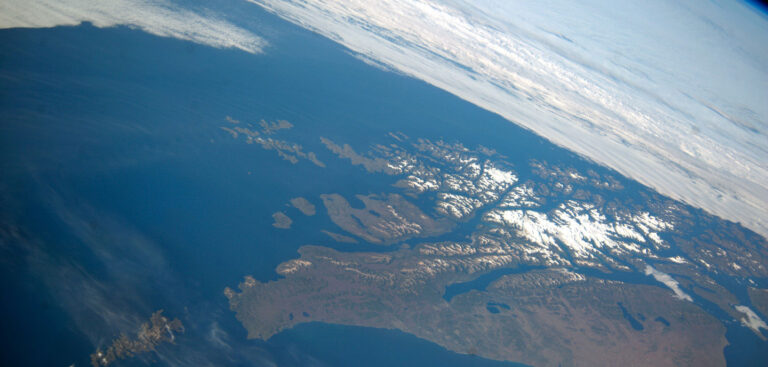The atmospheric circulation of the Southern Hemisphere stopped expanding polewards as the ozone hole began recovering, US researchers have found.
A study by the University of Colorado Boulder says that after ozone-destroying substances were phased out with the Montreal Protocol of 1987, the concentration of chemicals in the stratosphere started to decline and the ozone hole began to recover around 2000.
The ozone hole forms every spring in the atmosphere over Antarctica, and ozone depletion cools the air, strengthening the winds of the polar vortex and affecting winds down to the lowest layer of Earth’s atmosphere.
Previous studies have linked the circulations to Southern Hemisphere weather changes including rainfall in South America, East Africa and Australia, and changes to ocean currents and salinity.
Antara Banerjee, a Cooperative Institute for Research in Environmental Sciences (CIRES) visiting fellow at the university who works in the Chemical Sciences Division at NOAA, was the lead author.
She said, “This study adds to growing evidence showing the profound effectiveness of the Montreal Protocol. Not only has the treaty spurred healing of the ozone layer, it’s also driving recent changes in Southern Hemisphere air circulation patterns.”
Banerjee added, “The challenge in this study was proving our hypothesis that ozone recovery is in fact driving these atmospheric circulation changes and it isn’t just a coincidence.”
Researchers used a two-step statistical technique called detection and attribution, detecting whether certain patterns of wind changes are unlikely to be due to natural variations alone.
Using computer simulations, the researchers determined that the observed pause in circulation trends could not be explained by natural shifts in wind alone.
They isolated the effects of ozone and greenhouse gases separately showing that while rising CO2 emissions have continued expanding near the near-surface circulation, only the ozone changes could explain the pause in circulation trends.
Banerjee said, “We term this a ‘pause’ because the poleward circulation trends might resume, stay flat, or reverse. It’s the tug of war between the opposing effects of ozone recovery and rising greenhouse gases that will determine future trends.”



